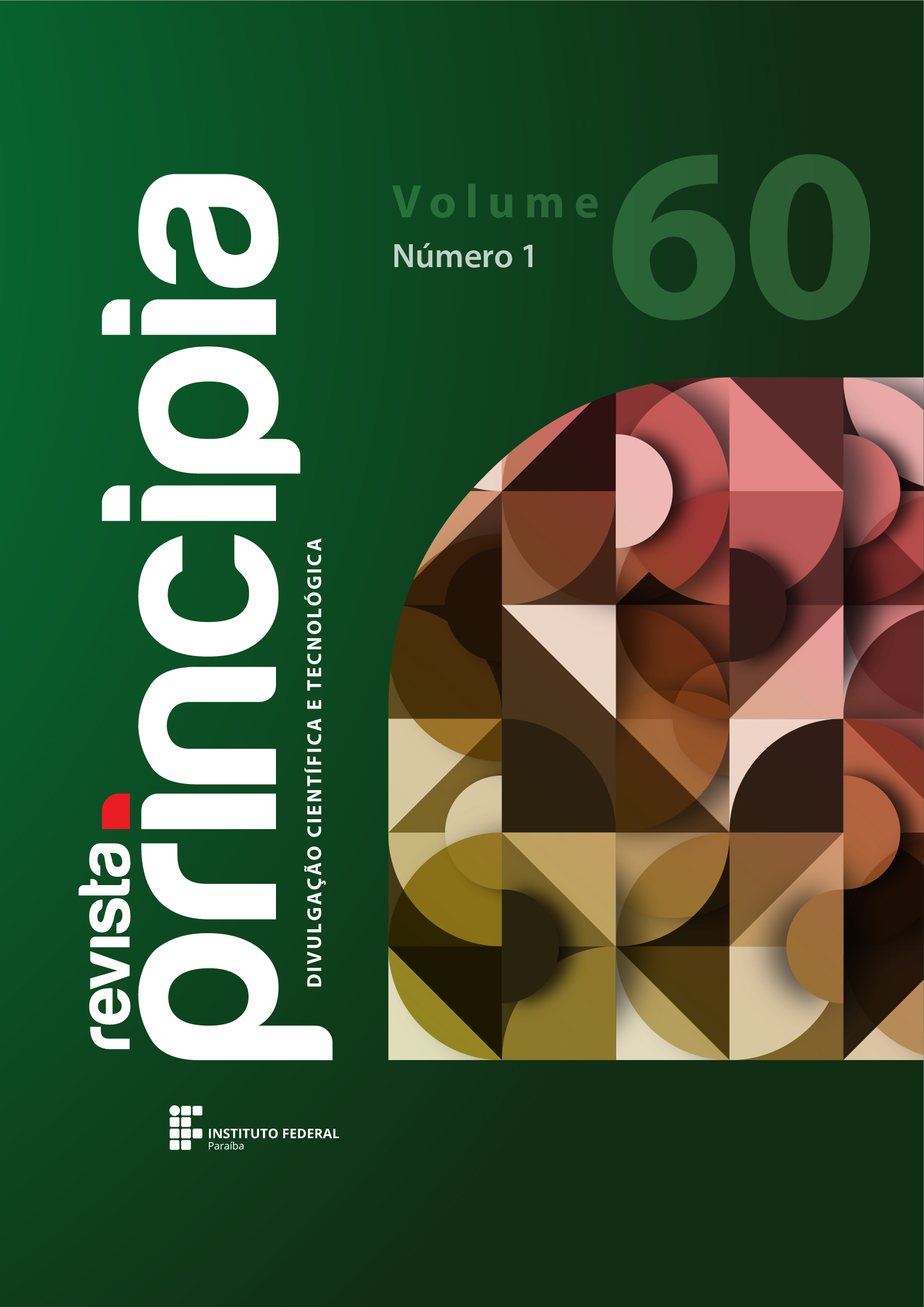Mathematical modeling and simulation of a diolefin saturation reactor used in a naphtha hydrotreating process
DOI:
https://doi.org/10.18265/1517-0306a2021id6181Palavras-chave:
kinetics of diolefin saturation, mathematical modeling, naphtha hydrotreatingResumo
This paper describes a dynamic mathematical model developed to simulate a diolefin reactor currently used in an existing naphtha hydrotreating process. Diolefins polymerize at temperatures above 200 °C, which is reached in a reactor of hydrotreatment of naphtha. Therefore, the diolefins must be removed before they reach the hydrotreating reactors. This hydrotreating unit has an essential role in modern refineries as it specifies the naphtha of different units, such as distillation and delayed coker. A mathematical model of a three-phase reactor was developed. It was used to obtain the kinetics of the diolefin and olefin saturation reaction in a temperature range of 180 ºC to 200 °C, and pressure of 3.5 MPa to 4 MPa. The kinetic model was developed from the experimental data from a Brazilian refinery. The reactor model includes correlations for determining mass-transfer coefficients, kinetics reaction rates, and properties of the compounds under process conditions. The kinetic model predicted the temperature profile along the reactor length with a minor absolute error. The developed model offers reliable simulated results when compared to experimental data.
Downloads
Métricas
Referências
ANCHEYTA, A. Modeling and simulation of catalytic reactors for petroleum refining. New Jersey: Wiley, 2011.
BADAWI, M.; VIVIER, L.; DUPREZ, D. Kinetic study of olefin hydrogenation on hydrotreating catalysts. Journal of Molecular Catalysis A: Chemical, v. 320, n. 1-2, p. 34-39, 2010. DOI: https://doi.org/10.1016/j.molcata.2009.12.012.
BHASKAR, M.; VALAVARASU, G.; SAIRAM, B.; BALARAMAN, K. S.; BALU, K. Three-phase reactor model to simulate the performance of pilot-plant and Industrial trickle-bed reactors sustaining hydrotreating reactions. Industrial & Engineering Chemistry Research, v. 43, n. 21, p. 6654-6669, 2004. DOI: https://doi.org/10.1021/ie049642b.
DUKANOVIC, Z.; GLISIC, S.; COBANIN, V.; NICIFOROVIC, M.; GEORGIOU, C.; ORLOVIC, A. Hydrotreating of straight-run gas oil blended with FCC naphtha and light cycle oil. Fuel Processing Technology, v. 106, p. 160-165, 2013. DOI: https://doi.org/10.1016/j.fuproc.2012.07.018.
JIMÉNEZ, F.; KAFAROV, V.; NUÑEZ, M. Modeling of industrial reactor for hydrotreating of vacuum gas oils: simultaneous hydrodesulfurization, hydrodenitrogenation, and hydrodearomatization reactions. Chemical Engineering Journal, v. 134, n. 1-3, p. 200-208, 2007. DOI: https://doi.org/10.1016/j.cej.2007.03.080.
KORSTEN, H.; HOFFMANN, U. Three-phase reactor model for hydrotreating in pilot trickle-bed reactors. American Institute of Chemical Engineers Journal, v. 42, n. 5, p. 1350-1360, 1996. DOI: https://doi.org/10.1002/aic.690420515.
LINDEN, R. Algoritmos genéticos. 3. ed. Rio de Janeiro: Ciência Moderna, 2012. In Portuguese.
MEDEROS, F. S.; ANCHEYTA, J. Mathematical modeling, and simulation of hydrotreating reactors: cocurrent versus countercurrent operations. Applied Catalysis A: General, v. 332, n. 1, p. 8-21, 2007. DOI: https://doi.org/10.1016/j.apcata.2007.07.028.
TOBA, M.; MIKI, Y.; MATSUI, T.; HARADA, M.; YOSHIMURA, Y. Reactivity of olefins in the hydrodesulfurization of FCC gasoline over CoMo sulfide catalyst. Applied Catalysis B: Environmental, v. 70, n. 1-4, p. 542-547, 2007. DOI: https://doi.org/10.1016/j.apcatb.2005.12.026.
TOLEDO, E. C. V.; MARIANO, A. P.; MORAIS, E. R.; STREMEL, D. P.; MEYER, J. F. C. A.; MACIEL FILHO, R. Development of rigorous and reduced heterogeneous dynamic models for fixed bed catalytic reactor and three-phase catalytic slurry reactor. Chemical Product and Process Modeling, v. 3, n. 1, p. 48, 2008. DOI: https://doi.org/10.2202/1934-2659.1256.
XIN, Q.; ALVAREZ-MAJMUTOV, A.; DETTMAN, H. D.; CHEN, J. Hydrogenation of olefins in bitumen-derived naphtha over a commercial hydrotreating catalyst. Energy & Fuels, v. 32, n. 5, p. 6167-6175, 2018. DOI: https://doi.org/10.1021/acs.energyfuels.8b00344.
YUI, S. Removing diolefins from coker naphtha necessary before hydrotreating. Oil & Gas Journal, v. 97, n. 36, p. 64-68, 1999. Available at: https://www.ogj.com/home/article/17229958/removing-diolefins-from-coker-naphtha-necessary-before-hydrotreating. Accessed on: 31 out. 2021.
YUI, S.; CHAN, E. Hydrogenation of coker naphtha with NiMo catalyst. Studies in Surface Science and Catalysis, v. 73, p. 59-66, 1992. DOI: https://doi.org/10.1016/S0167-2991(08)60797-1.
Downloads
Publicado
Como Citar
Edição
Seção
Licença
Copyright (c) 2021 Revista Principia - Divulgação Científica e Tecnológica do IFPB

Este trabalho está licenciado sob uma licença Creative Commons Attribution 4.0 International License.
Esta revista, seguindo as recomendações do movimento de Acesso Aberto, proporciona seu conteúdo em Full Open Access. Assim os autores conservam todos seus direitos permitindo que a Revista Principia possa publicar seus artigos e disponibilizar pra toda a comunidade.
A Revista Principia adota a licença Creative Commons 4.0 do tipo atribuição (CC-BY). Esta licença permite que outros distribuam, remixem, adaptem e criem a partir do seu trabalho, inclusive para fins comerciais, desde que lhe atribuam o devido crédito pela criação original.
Os autores estão autorizados a enviar a versão do artigo publicado nesta revista em repositório institucionais, com reconhecimento de autoria e publicação inicial na Revista Principia.
Demais informações sobre a Política de Direitos Autorais da Revista Principia encontram-se neste link.
























 (precisa estar logado)
(precisa estar logado)






